All Facts On Cocopeat (Coco Soil / Coconut Coir)

What is Coco Peat?
– Coco Peat is defined as the substitute of peat primarily consisting of coconut husk waste i.e. pith extracted from the coir, thus also called as coir compost (Source: https://www.lexico.com/definition/coco_peat)
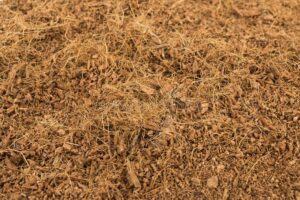
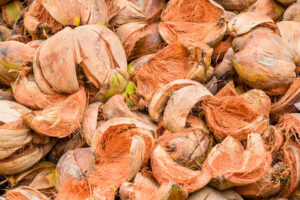
– Cocopeat are 100% natural growing medium for plants. Sun dried cocopeats are also used to produce different other items such as cocopeat block, cocopeat briquettes, cocopeat tablets and many more.
Types of Cocopeat for plants
1. Coco dust: Coir dust is the byproduct obtained in the processing of husk to coir fiber. This could hold 8-9 times more water than its weight and release water to the plant slowly with the help of feeding roots.
2. Coco fiber: Brick shaped cocopeat that allow oxygen to penetrate a plant root system. Could also be reused.
3. Coco chips: Small chunks of coir. Resembles properties like a combination of peat and fiber. Could retain and hold water well while aerating soil.
Advantages of Cocopeat (Cocopeat soil)?
1. Easy to make good coco soil and could be reused up to 3 to 4 years.
2. Being porous and well-drained medium; this helps the plant for strengthening their roots.
3. Excellent growing medium for hydroponics.
4. Increases water holding capacity for potting mix.
5. Resistant to bacterial and fungal growth.
6. Capable of storing and releasing nutrients for a prolonged time period.
7. Renewable media with natural trichoderma that acts as bioagent against harmful pathogens.
8. Easy to transport, cheap and eco-friendly.
Disadvantages of Cocopeat?
1. Cocopeat consists of natural soil so should be careful on maintenance of nutrient composition while using it for potting mixes.
2. Presence of natural salts make it unsuitable to recycle for hydroponics system.
3. As it is highly porous potting mix cannot support the weight of the plant. This can be reduced by providing plant supports.
4. High cation exchange capacity of coco might results in exchange of supplied magnesium and calcium with sodium and potassium within it. So, supplied nutrients have the probability of never being available to plants.
5. Overwatering of coco might eventually lead to the wasting of more nutrients through runoff at bottom of the tray and worsen root strength so, be careful on it.


How to make best coco soil?
– Get a brick or block of coco brick and large size bucket (at-least 4 gallon).
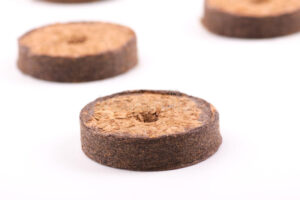
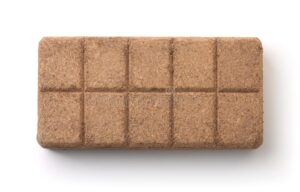
– Crush the brick and let the coir soak for 2-3 hours or just immerse the block in warm water for 3 hours to let it for absorbing maximum water.

– After absorbing water (within 3 to 3 and half hour) the block will swell up 3-4 times of its weight.
– Drain out excess water and use your soft, fluffy and eco-friendly coco soil.

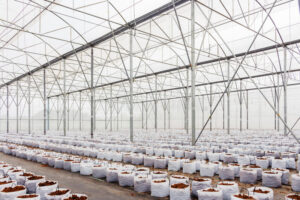
I hope you have enjoyed the information provided hereby. Keep supporting “Learn Agro” and enjoy learning! Best wishes for your preparation of Cocopeat and hope you get some benefits from this article.



excellent info on moringa plants, where can I purchase seeds to plant it?
The best place is amazon at your location. Try checking some agro stores around you. Let us know for more questions.
A very interesting article. I thought they were part of pilea peperomioids. These nasturtium grow like weeds where I live in southern part of South Africa. The only problems are snails. They are hardy and face drought conditions well. We don’t get frost. I love them xx
Thank you for your comment. I really appreciate it. Please be with us and help us share with your friends and family.
You are so right about choosing well drained soil for planting the grapes. It worked great when we tried.
Thank you for your comment. We appreciate it.